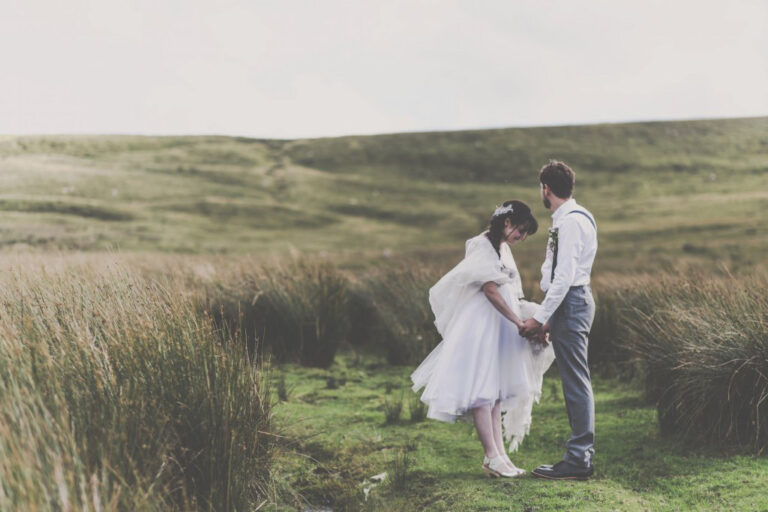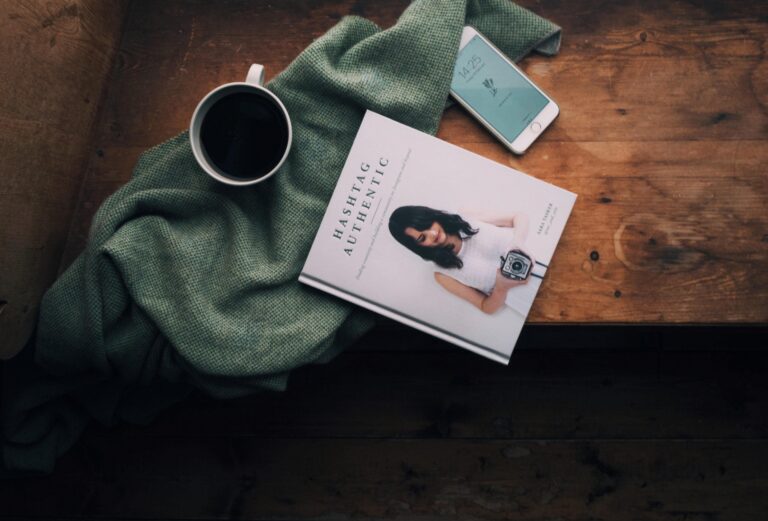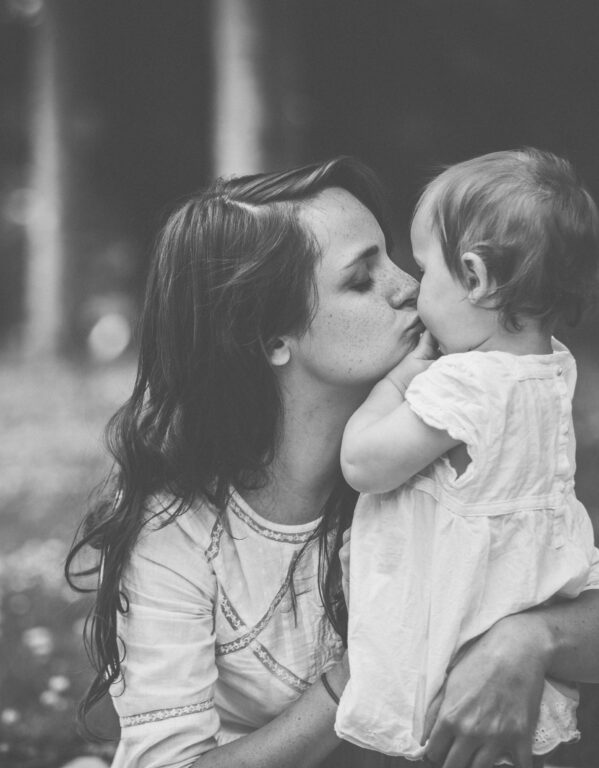This week Instagram began rolling out their much-anticipated ‘Branded Content’ functionality, starting with Verified users, and like most changes to the Instagram world, it’s caused a bit of a stir.
I’ve also seen quite a lot of confusion going around, so I thought I’d set down what it’s all about.
Why the change
Instagram have been aware of the time bomb of influencer marketing for quite some time – I can remember discussing it with a staff member at their Christmas party nearly four years ago! They paid close attention to the dramas played out on YouTube with under-disclosed content, and eventually came up with these new guidelines as a means to better meet the standards expected of them and their users by the Advertising Standards Authority. (If you’re in the US, it’s a little different – see links at the bottom of the page).
So, what do the changes mean for you? By ‘you’ I’m going to be assuming one of two things: you’re either an influencer, or a business, and so it will affect how you use the platform. If you’re neither of these things, then the answer is easy – it just means sponsored content will be much more clearly identified, and there’ll be greater transparency all round. You can go and have a cup of tea now and a scroll through Pinterest if you like, because the rest of this post won’t really impact on your experience and enjoyment of Instagram. Hurrah!
Everyone else, grab that cup of tea too, and then read on… ☕️
What the law says*
All sponsored content is regulated in the UK by ASA (the Advertising Standards Authority) and more specifically their CAP code. Violations of this code can and have resulted in court cases and large fines, so it’s not something to be taken lightly by anyone involved.
The code states that advertorial content “must be obviously identifiable” and “make clear their commercial intent, if that is not obvious from the context“. When YouTube cases were brought to court, it was deemed that phrases like “working with x brand” or “thanks to x” were not sufficient.
Since then, best practice has been set as making advertorial or marketing purposes clear before somebody’s engages with a user’s content. So, for YouTube, that means including it in the video title; for sponsored blog content, that means in the title of the post. Reputable bloggers & content creators have been quick to adopt this, and well-informed brands have been equally strong in requesting it of their creators.
This is where Instagram fell behind.
Since the removal of custom location tags around 2015, there has been no real way to declare sponsorship before a viewer engages with an image – i.e., above the post. General practice became using hashtags like #ad #sponsored or the ever-spurious #sp, but these are typically posted at the end of the caption and therefore only declared to a reader at the end of their journey with that piece of content, as well as being fairly ambiguous.
The new functionality from Instagram fixes this – by clearly and visibly declaring content is paid for at the top right hand of every picture. Viewers can reliably know what is advertorial and what is not, and Instagram is able to offer additional tools to its big business users as part of the deal.
What this means for influencers
Most influencers have received the news quite happily – in public, at least. While we can all agree that greater transparency is a very good thing for advertising and online content as a whole, bloggers who have built a business reliant on revenue from sponsored content are understandably nervous about what this will mean.
There are a couple of elements to this: first, the fear that people will dislike or disengage with obviously sponsored content.
Fortunately, there’s already evidence to show this isn’t the case. Yes, engagement rates on sponsored content tends to be a little lower, but this hasn’t been shown to harm a blogger’s reputation overall, and is a natural and desirable result of making clear what a post is exactly about. If it’s a post sponsored by a baby company, for example, and some viewers don’t have a child, then it’s normal and useful for them not to look. This is the point of targeting advertising after all – to reach the right people for that individual campaign. (You can see my suggestions for creating better sponsored content for your blog or instagram here.)
The second element is more of a tangly issue – the fear that Instagram might deliberately suppress posts declared as sponsored.
It’s worth saying that Instagram have made no clear overtures to suppressing any sponsored content, but equally, it is true that posts using the most common sponsorship hashtags tend to fair less well than similar content without. Is this due to lower viewer engagement driving the posts down in the algorithm, or simply less promotion from the platform itself? Right now, it’s not easy to say.
The most likely scenario is that for brands to reach a greater audience with their influencer content, they’ll eventually need to pay to boost the post like they would with any of their own advertorial. This makes pretty logical sense: why would Instagram create functionality that lets brands pay other people, instead of themselves? We can’t blame them for wanting a cut of a business being run on their platform.
One problem with this is that boosted posts are not sent out to more of the creators’ audience, but to people who don’t currently follow them – so potentially, a less engaged, committed group. Still, though, for brands there’s a lot of value in more organic, peer-recommendation advertising, and the thirst for influencer marketing is unlikely to dry up any time soon, so influencers have no reason to panic.
In terms of funding this additional advertising, if it comes to pass, it seems most likely that it will be brands that have to pay. This might hit influencer’s payments too, down the line, but the budget will most likely be set and managed by the brand itself, and indeed the boosting may even happen via their own accounts too.
Your obligations as an influencer
If you’re being paid*
- If you are receiving monetary payment for any posts on social media, you must declare this – clearly and obviously, and preferably before a user engages any further. On Instagram, this means using the ‘sponsored’ tag at the top of any gallery posts and any Stories content you received compensation for. If you are under an extended contract with a brand to make a series of posts, it’s best to tag all mentions of them as sponsored, even if only some of the content is officially part of the campaign.
- If the brand is on Instagram, you need to tag them in the sponsored content as a ‘partner’. Brands can then verify this from their end, and gain access to the performance stats for that individual post.
- You don’t need to switch to a business account to access any of this functionality – it is being rolled out and will arrive with an app update shortly.
- Keep the sponsorship banner on for the lifetime of the post – do not go in later and edit to remove it once a post is less new. If you wish to remove it, you should be able to archive or delete the entire post after the campaign & your contract has finished.
- Don’t avoid updating your app not to get it – it’s your responsibility to make use of the functionality as soon as possible. Instagram have indicated they’ll be policing use of this feature in a matter of weeks, and it’s likely that unflagged content will be deleted, and people’s accounts negatively affected as a result.
- If a brand asks you not to use the function or encourages you to declare in some other way, stand firm and insist on following the regulations. Don’t risk getting your account suspended, and losing the trust of your audience. If a brand declines the partnership feature for any reason, don’t remove your sponsorship banner. Fulfil you’re obligations, no matter what.
- You don’t need to use sponsorship hashtags like #sponsored or #ad.
- Keep creating great, engaging content that is worth your audience’s time – whether sponsored or not (you’re already doing this one! 💕)
If you’re not being paid*
- If you’ve received merchandise or gifted product without any monetary payment, you don’t need to use the Sponsored heading, as legally this is not considered as payment. Using the sponsored banner if they haven’t paid you or agreed a sponsorship could be considered misrepresentation, and could potentially result in damage to a brand’s reputation.
- If you accepted free product in agreed exchange for specifically requested posts, you should still clearly disclose that you received a free product, review sample or anything else in the caption of the post. Follow the guidelines and make this clear, obvious and easily understood – avoid phrases like “thanks to” or “c/o”. You don’t need to use any special hashtags.
- If you receive free product without explicit request for posting content, the ASA does not require you to disclose this. However, it’s best practice to always be open and honest about any freebies, to maintain your integrity and trust.
- You don’t need to tag the brand as a partner on either type of unpaid content, as this implies sponsorship. Instead, add their username them in the caption, along with your clear declaration.
- Keep creating great, engaging content that is worth your audience’s time, whether you’re getting freebies for it or not 💕.
What this means for brands
The days of Instagram being a super-cheap, organic way of reaching a huge audience are beginning to fade, but that’s not to say it’s not still a really useful platform for businesses. Growing an audience for your own account still brings huge gains, and can be done without dabbling in any influencer marketing, if preferred. (I teach strategies for this in The Insta Retreat)
Influencer marketing, too, remains a great way to reach new audiences and raise brand awareness, and can still be affordable or even free, however small your business. Think of it a little like Facebook Ads – when done properly, it can more than pay for itself in increased sales and activity.
Your obligations as a brand*
- If you’re paying for posts on social media, make sure the influencer clearly and openly discloses the content as advertorial. On Instagram, this means using the new Sponsored banner, and tagging you as a band partner in any posts or Stories featuring you or your product. If you find an influencer has under declared or failed to do this, contact them and ask them to fix it (and if for any reason they don’t, keep a copy of this communication as evidence that you tried to follow the rules).
- Make clear your expectations for the post(s) and disclosure before any content is shared, and research your influencer’s usual sponsored post performance rate.
- You’ll need to have an Instagram account, most likely set to a business profile (which means you’ll need to have a Facebook page too). If you’ve turned off automatic acceptance of sponsored post partners, you’ll need to manually approve any posts.
- Consider including room in your budget for boosting sponsored posts via Instagram’s in-app ad options, and adjust your influencer rates accordingly if necessary.
- If you’re sending an influencer a free product, sample or gift, and you require them to feature it in their images, request that they declare it as being received for free in the caption. This can take the form of a simple sentence – it doesn’t need to use hashtags. They don’t need to use the sponsored banner for this or add you as a partner, but it does need to be clearly shown in the main Instagram caption.
- If you’re sending an influencer a free product, sample or gift but there’s no explicit requirement for them to feature it, this falls outside of the ASA’s remit, and they’re free to conceal this if they choose. However, good practice is still to disclose, and it’s worth encouraging this in all influencer content.
- Non-sponsored content is unlikely to be targeted for Instagram’s pay-to-boost options in the same was as some predict sponsored content will be, so you probably wont need to budget for this any more than you usually might.
Gifted vs sponsored
As you’ve probably picked up, the ASA draws distinction between paid-for content, and that where an influencer was simply sent free product. Instagram’s regulations follow this, and have been put in place to regulate paid-for sponsored content, and should only be used for this.
How to do it
You’ll know you’ve got the update when a box like this appears at the top of your feed. Click ‘get started’ to read through the guidelines and hit ‘done’. (It shows up for me every time I log in, so don’t worry if it keeps popping up!)
Once you’ve got the functionality, begin using it on all future posts.

To indicate a gallery post is sponsored, tap ‘advanced settings’ at the bottom of the caption composition page, beneath the social share sliders, and hit ‘tag business partner’.
In Stories, look for the link icon in the top right when composing a post – this will appear whether you’re able to include links in your Stories or not (currently only for Verified users and business accounts with over 10k followers). Follow the on-screen options to tag a business partner.
That’s it!
One final note
Whenever we sign up to an app we agree to abide by their terms and conditions – and this is no different for Instagram. They may share more detailed wording for their policies going forwards, and it may be different to what I’ve shared above – I’m basing my understanding on UK law and the ‘bare minimum’ expectations to cover yourself. And of course, I’m not a lawyer, so please do your own research and check with a legal professional for further guidance.
If anything evolves in future, or Instagram share further guidance, I will of course update this post, and mention it in my newsletter to make sure you get a heads up (you can sign up at the bottom of any page where it says ‘don’t miss a thing‘ 😉).
What are your thoughts on the changes? Do you think it will impact on how people use Instagram?
Further reading:
Instagram’s post explaining the new features – (highly recommend you read this!)
UK vs US guidelines for sponsored video content – via Purewall & Partners
“Instagram wants to “bring transparency” to influencer marketing” – Mashable article
*I am not a lawyer, and no part of this post should be considered official legal advice. Please consult a trained professional for that!
Hashtags for Instagram
Every month, I gather up a selection of winning hashtags and send them straight to your inbox, for free.
Sign up to receive my newsletters every month.







No Comments Yet